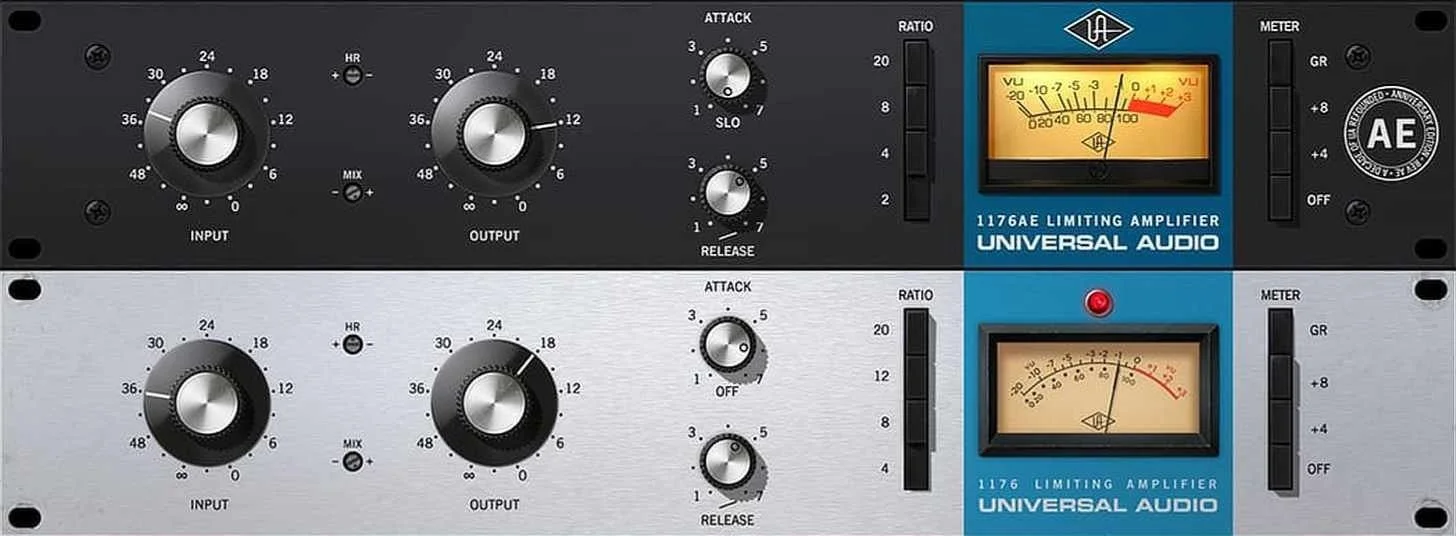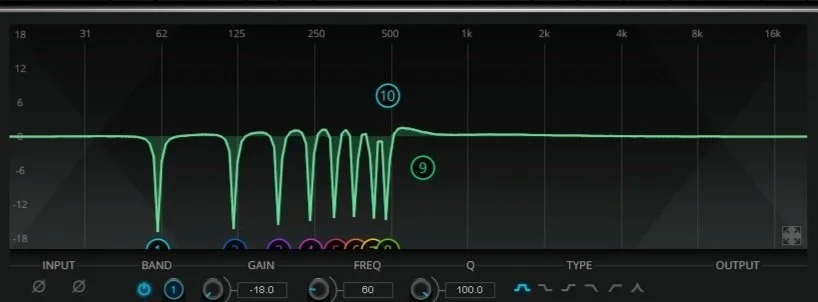5 Essential Mixing Tips to Elevate Your Music Productions
Are you looking to elevate your music mixes to a professional level today? Here are five game-changing mixing tips that you can implement right now to significantly improve the quality of your mixes. From understanding your monitors to strategic EQ and compression use, these insights will guide you towards achieving that polished sound.
1. Know Your Monitors by Listening to Music You Love
It's simple but often overlooked: listen to your favorite tracks in your mixing environment. This practice isn't just for enjoyment; it's about deeply understanding how professional mixes translate through your speakers. Like a bank teller who can spot a counterfeit bill just by touch, knowing how great professionally mixed music sounds on your system will help you immediately identify and correct issues in your mixes. Spend some quality time with your favorite songs in your mix position, especially if you're in a new room or studio. This will train your ears to pick up on nuances and problems within your mixes quickly.
2. The Compression Conundrum: Finding the Balance
Compression is a powerful tool but is often misunderstood and misused. The key is not to blanket apply compression across every track out of habit. Instead, use compression purposefully to control dynamics where necessary. And when you do decide to compress, make it count. A barely noticeable compression might as well not be there at all. Learn to use compression effectively, applying it only when needed and with enough impact to make a difference.
3. EQ: Less Is More, and More Is More
Just like compression, EQ is a double-edged sword. It's tempting to EQ every track because you think you should, but this can lead to over-processed mixes. Reserve EQ for corrective purposes (fixing problems) or tonal shaping (enhancing good qualities), and don't shy away from making bold adjustments if they're called for. Often, a few significant EQ moves will serve your mix better than numerous minor tweaks.
4. Mastering the Art of Balance
Achieving balance in your mix is about managing the three types of balance: levels, panning, and frequencies. Ensure the levels are balanced so that no element overwhelms or gets lost in the mix, balance the placement and panning to maintain a stereo image that feels full and even, and keep an eye on your frequency balance to avoid bass-heavy or treble-dominant mixes. A well-balanced mix ensures clarity, depth, and a pleasing listening experience across various playback systems.
5. The Magic of Muting
Sometimes, the best way to identify a problem in your mix is to subtract rather than add. If you suspect an issue, try muting the track or effect you think is the culprit. If the problem disappears, you've found your target. If not, the search continues. This method saves time and ensures you're addressing the real issues rather than chasing ghosts.
By incorporating these five tips into your mixing routine, you'll not only improve the quality of your mixes but also become a more efficient and effective mixer. Remember, mixing is as much about intuition and creativity as it is about technical skill.





